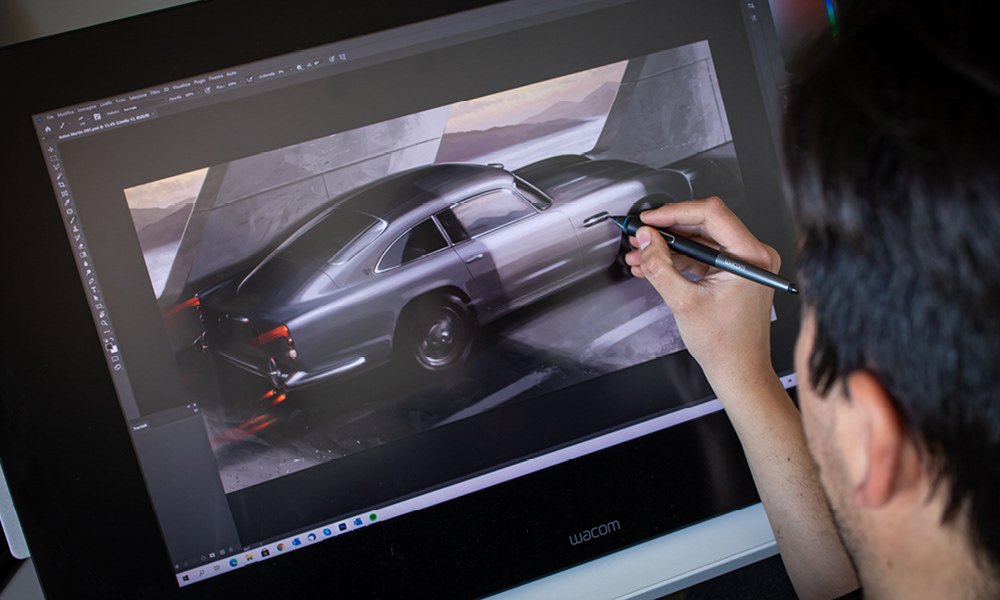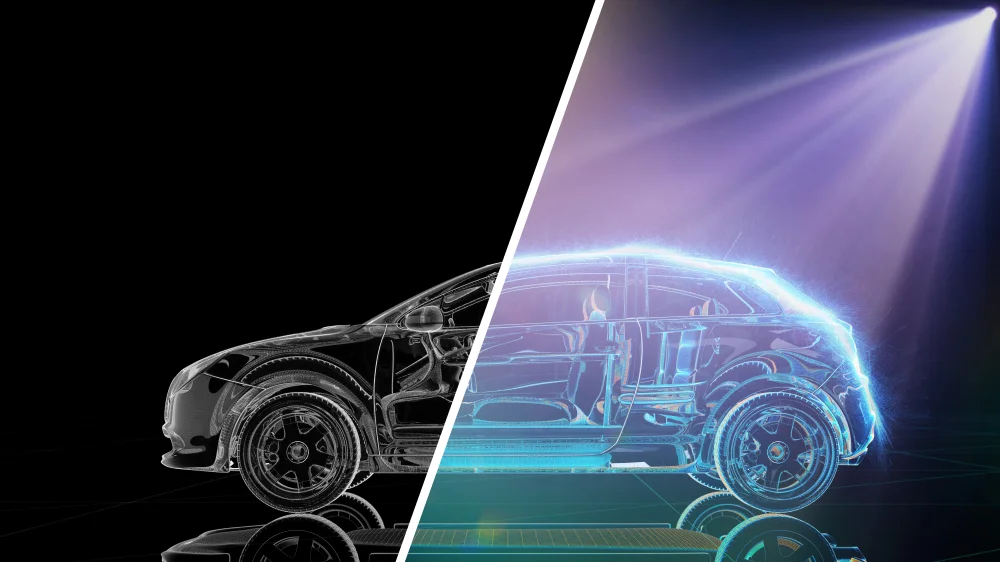The auto industry has been shaped by several groundbreaking car designs that not only captured the imagination of the masses but also redefined how vehicles are built, marketed, and used. These iconic models stand out as milestones in automotive history, influencing trends, inspiring innovations, and setting benchmarks that continue to shape modern auto design. Let’s explore some of the most iconic car designs that revolutionized the auto industry.
The Ford Model T (1908)
The Ford Model T is often credited as the car that made automobiles accessible to the masses. Designed by Henry Ford, this vehicle introduced assembly-line production, drastically reducing manufacturing costs and making cars affordable for the average American. Its simplistic design, durability, and ease of use revolutionized the industry, turning cars from a luxury item into an everyday necessity. The Model T laid the foundation for mass automobile production, a legacy that persists in modern manufacturing.
The Volkswagen Beetle (1938)
The Volkswagen Beetle, or “People’s Car,” is a global icon that combined practicality with personality. Designed by Ferdinand Porsche under Adolf Hitler’s directive, the Beetle was intended to be an affordable and reliable car for the masses. Its unique, rounded shape and rear-engine layout were revolutionary at the time, making it highly efficient and easy to maintain. The Beetle’s timeless design and cultural impact, especially during the 1960s counterculture movement, solidified its place as one of the most recognizable cars in history.
The Chevrolet Corvette (1953)
![]()
The Chevrolet Corvette introduced Americans to the concept of a sleek, affordable sports car. Its fiberglass body was innovative, offering a lightweight alternative to traditional steel. With its long hood, short rear deck, and aggressive stance, the Corvette became a symbol of performance and style. Over the decades, its evolving design has continued to set benchmarks for sports car aesthetics, making it an enduring icon in automotive history.
The Mini Cooper (1959)
The Mini Cooper was a revolutionary small car that maximized interior space without compromising performance. Designed by Sir Alec Issigonis, the Mini utilized a transverse engine and front-wheel drive, freeing up room for passengers and luggage. Its boxy yet charming design, combined with its incredible handling, made it a favorite among racers and city drivers alike. The Mini Cooper’s influence can be seen in nearly every modern compact car, proving that great things can come in small packages.
The Ford Mustang (1964)
The Ford Mustang introduced the concept of the “pony car”—affordable, stylish, and high-performance vehicles aimed at younger drivers. Its aggressive styling, customizable features, and powerful engine options made it an instant hit. The Mustang’s long hood, short rear deck, and iconic grille design have become synonymous with American muscle cars. Its success paved the way for competitors like the Chevrolet Camaro and Dodge Challenger, solidifying its status as a cultural and automotive legend.
The Tesla Model S (2012)
The Tesla Model S redefined what electric vehicles could achieve, combining luxury, performance, and sustainability in a single package. Its minimalist design, featuring a smooth, aerodynamic body and a grille-free front end, set it apart from traditional cars. The Model S’s long-range battery, advanced autopilot features, and over-the-air software updates revolutionized the EV market, pushing the industry toward a more sustainable future. Tesla’s influence can be seen in the growing popularity of electric vehicles across the globe.
The Jeep Wrangler (1941)
Originally designed as a military vehicle during World War II, the Jeep Wrangler became a symbol of ruggedness and adventure. Its boxy design, seven-slot grille, and removable doors and roof made it a standout in the utility vehicle market. The Wrangler’s off-road capabilities and utilitarian charm have inspired countless SUVs and continue to make it a favorite among outdoor enthusiasts.
The Porsche 911 (1964)
The Porsche 911 has maintained its iconic design language for over half a century, demonstrating that timeless design can coexist with cutting-edge innovation. Its rear-engine layout, sloping roofline, and round headlights have remained consistent, even as the 911 has evolved into one of the most technologically advanced sports cars in the world. The 911’s blend of performance, style, and heritage has made it a benchmark in the luxury sports car segment.
Conclusion
These iconic car designs have not only revolutionized the auto industry but also left an indelible mark on culture, engineering, and design. From the practicality of the Model T to the innovation of the Tesla Model S, these vehicles highlight the industry’s ability to adapt, innovate, and inspire. As car designs continue to evolve, they will undoubtedly draw inspiration from these groundbreaking models, ensuring their legacy endures.





